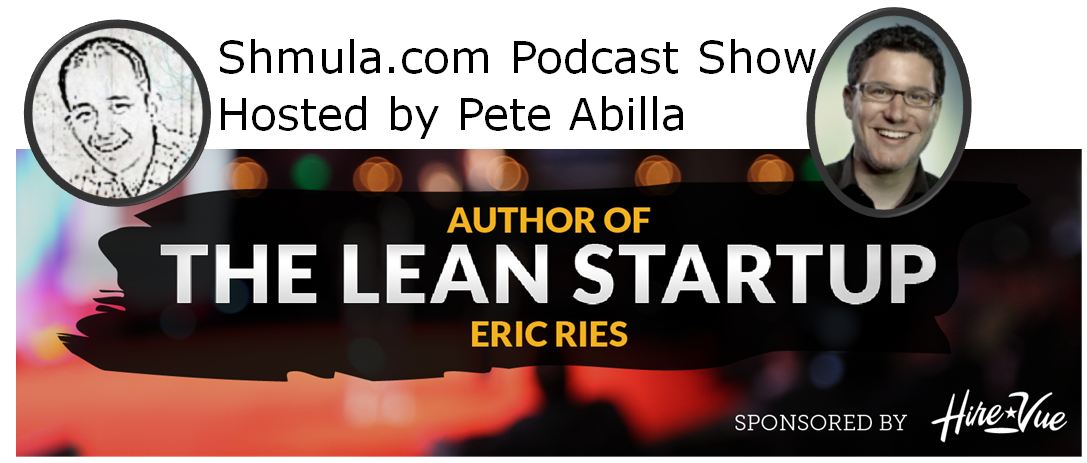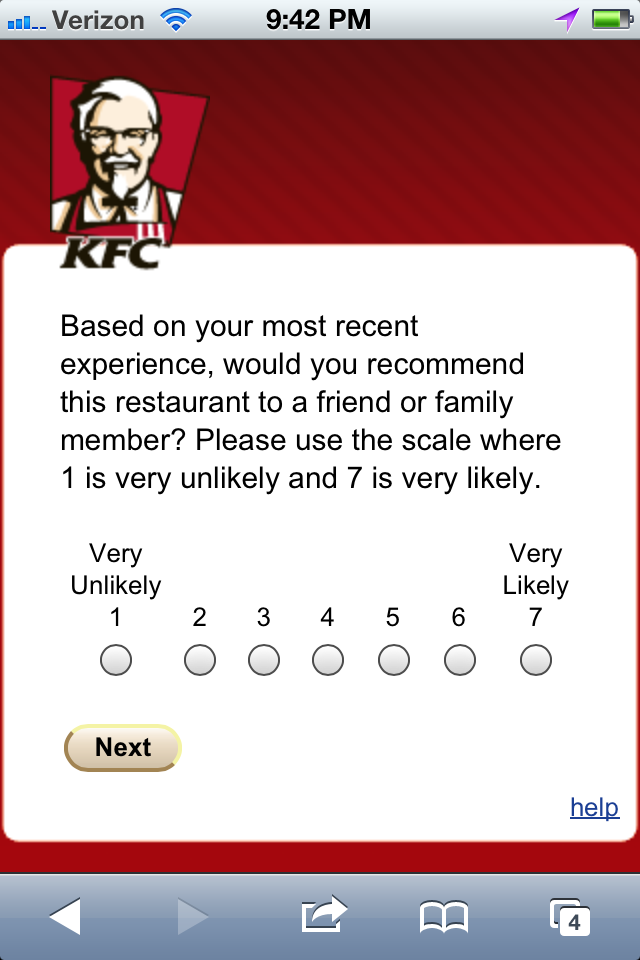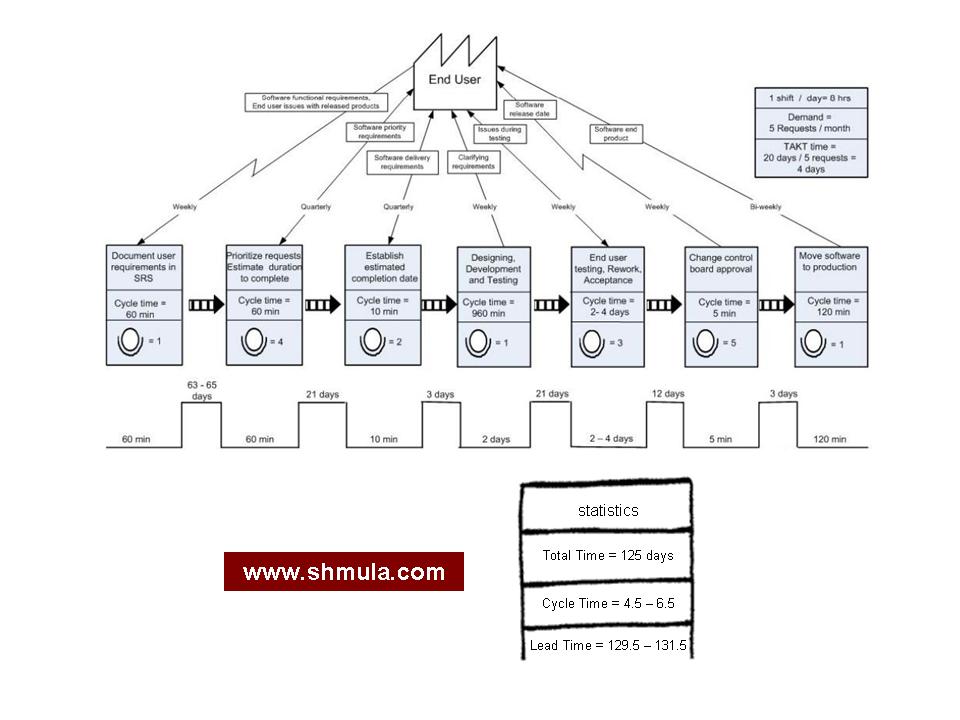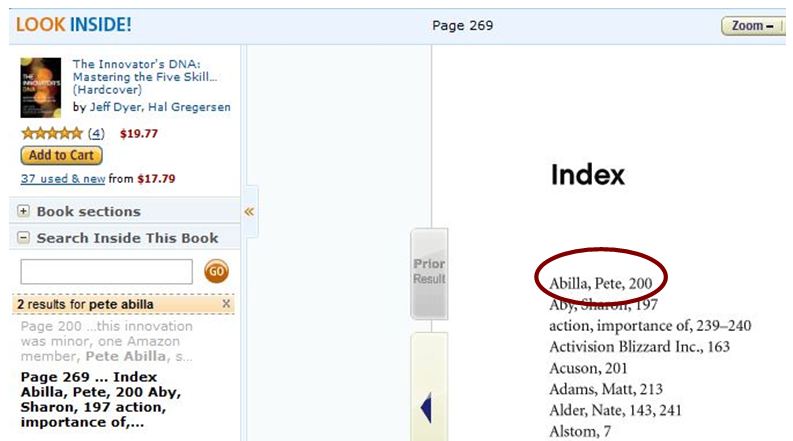Giving Everyone a Voice Through Intuit Brainstorm: Design Thinking and Lean Startup in an Employees Suggestion Program
Description
While at the Lean Startup Conference, I was able to speak with Hugh Molotsi, VP at Intuit Labs. In this Lean Leadership Interview, we discuss the role of Lean Startup and Design Thinking at Intuit. Part of that discussion also centers around giving everyone a voice in the organization. But, giving everyone a voice is very difficult to do at scale – in fact there’s significant sales training involved, given the specific role. To help Intuit accomplish that, they’ve developed an internal brainstorming tool they call Brainstorm. Well, they’ve now made that tool available to the public and we discuss that in this interview.
We know that visual management is a key principle in Lean Manufacturing, and part of that is making visual the contributions of many. This is not new and if you tour the very best factories that have implemented Lean, you’ll see formal suggestion programs in place. In fact, I discuss what an effective employee suggestion program looks like, what questions you should ask before you implement an employee suggestion program, what elements an effective employee suggestion form should have, and I even provide a free employee suggestions form template. One thing we know for sure: visual and physical employee suggestion schemes can work, if the management structure is in place to support it. Otherwise, it will fail. Now, making a suggestion program virtual can have benefits, but it can be a challenge.
Enjoy the interview.
Interview with Hugh Molotsi, VP of Innovation at Intuit Labs

Pete Abilla: Okay, So we are speaking with Hugh Molotsi, Vice President of Innovation at Intuit. So Hugh, please begin by telling us about yourself and your work at Intuit.
Hugh: Yes so I am a long term Intuit employee. I have been there 22 years in January. I started my career asa software engineer on QuickBooks for DOS and I’m sure that dates me. After that, I worked on different versions of QuickBooks. I got to work on services that were targeted at small businesses, and this started right around the time the internet was becoming a big thing. So I had the privilege of being there near the beginning when things got really interesting. The niche I established for myself in the company was thenew products innovative guy because I enjoyed working in spaces that were new, ambiguous, where it was not clear what to do. So I spent 18 years in small business solving different type of problems. Most recently I moved into the role I have now which is that we have an innovation of advanced technology group and we are tasked with helping the company be innovative. It is great a position because it aligns obviously very much with my passion.
Pete Abilla: That is wonderful. What about the lean journey, how did you come into adopting lean startup principles in the work that you do?
Hugh: Yes, that is a great question. As a company from the very beginning Scott Cook, who is a very thoughtful person who believes that great ideas come from anywhere, is very curious about the world–I almost feel like he had spiritually this inclination to think in the ways of lean experimentation and how you learn. We have had things like customer-driven innovation in our framework but when Eric Ries came on the scene (this was even before he wrote his book and some of us had heard him speak) and really what we thought was great was not only did it resonate with we thought was the right way of working but he started to put words and labels behind certain things. Like the viral co-efficient for example, thinking about how you measure our progress or even things like leap of faith assumptions. So for us we wholeheartedly as a company embraced it. When the book came out we were already following a lot of what Eric talked about. In fact, he mentions Intuit in the book.
Pete Abilla: That is wonderful. Now you spoke earlier this morning on giving voice to good ideas. Could you share a little bit about your talk this morning?
Hugh: Yes, sure. In every company one asset that I have found can be underutilized is the ideas that employees have. To just give you an example, a lot of people have gone through this experience where they are working at a company and the company decides we have got this huge problem so we are going to hire a consulting firm, pay them millions of dollars to come in and help us figure it out. The consulting firm have a 9-month engagement and they come with this big presentation and say here are things we are going to do. Inevitably you are going to have a bunch of employees looking at that and saying, I could have told you that. Then you would not had to pay millions of dollars. And that is largely true. So what you really find as a solution in terms of getting value out of this asset, of great ideas that employees have, is really give them time and freedom where they can say, Look, I have this idea, and I’m really passionate about it and they can actually start to explore it.
In a lot of cultures, if an employee is doing something that boss did not authorize him to do, their wrists get slapped and they get beaten down. But I believe in a good innovative culture, you actually want to encourage them. Even for ideas that may sound odd or that would never work, you want people to go off and run this journey and the nice thing about the lean startup approach is that we are not talking about a huge investment. At Intuit, unstructured tims is 10%. So that is enough time for people to say, Okay, I have this idea, what are my assumptions, what experiments can I run? That way they can develop these ideas to the point where they have data that’s compelling at making that case.
Pete Abilla: That is wonderful. Now during your talk you mentioned a tool that your team has developed in house called Brainstorm. Could you tell us about that?
Hugh: Yes, Brainstorm is something we are very excited about. It was developed, by the way, by recent college hires who did not like the tool we were using at that time to collect ideas. They thought they could do better and so they went ahead and did it. In fact, it was much better.The purpose of Brainstorm is that when an employee has an idea,you want other people to hear about it. Because there is a lot of serendipity that happens when somebody maybe has a similar idea or they have something that can help that idea or they have comments, things that can improve it. We find that collaboration is really key to helping move ideas forward. That is the key with Brainstorm is that it fosters that collaboration and that communication.
Some of the things we are doing with Brainstorm recently is we said, you know, idea collaboration, that is great but we’d like to do more. So we have taken the lean experimentation process we use at Intuit and we are now baking it into the tool. So when you go into Brainstorm and say here is my idea, we actually start to ask you things like who is the customer that you have targeted for, what is the problem you are solving, what is the business model behind it? And then we start to help the person think about, okay let us decompose your leap of faith assumptions and then once we have that, guide them on how to run experiments. We are very excited about this because we are hoping now that even for people who have not read the book do not quite understand what lean startup is about that they will be a virtual coach to help them work them through the process.
Pete Abilla: That is great. At Toyota, we use a simple suggestion box. But at Toyota, 7,000 ideas are submitted and about 80% of them are actually acted on. How does it work for Brainstorm for the ideas that do not get completely vetted? How do you make those people that submitted those ideas still feel heard?
Hugh: It is a great question. I think one of the motivations behind building the lean startup into the Brainstorm tool is that we did find on occasion people would submit ideas but other employees for whatever reason it does not resonate or they do not see it. There is no responses so then their feeling could be that it is like shouting into an empty forest. What we believe is that the employee, as long as they are passionate, are s














